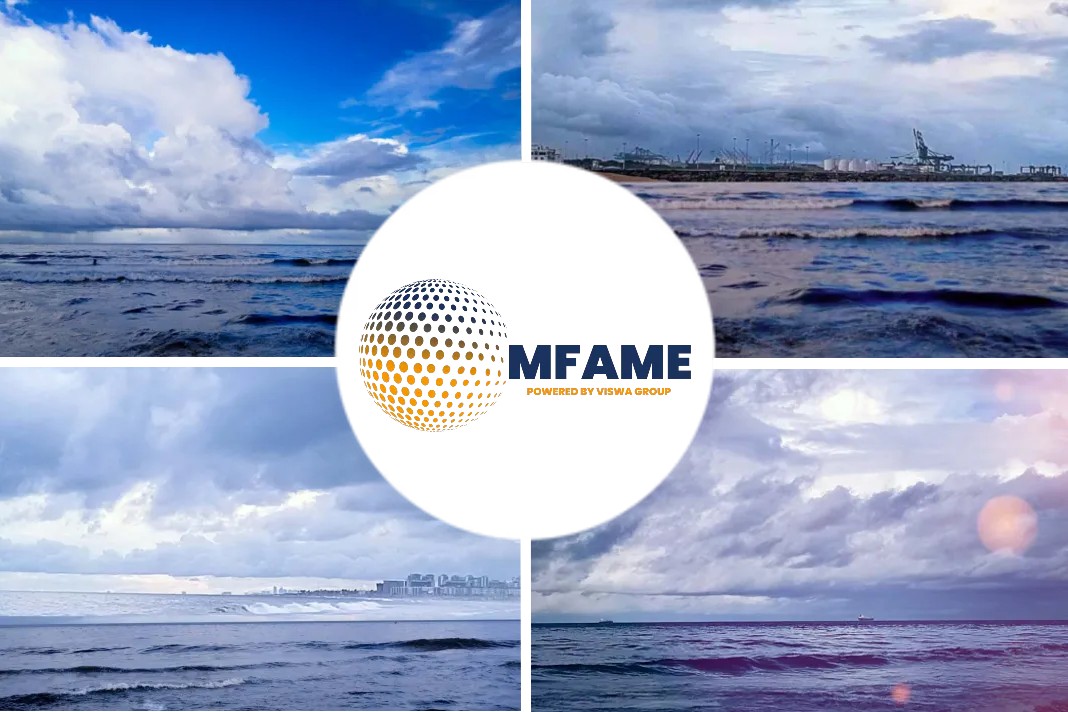
The Oil Companies International Marine Forum (OCIMF) has confirmed its updated Ship Inspection Report Programme (SIRE 2.0) will be delivered to industry in a ‘phased approach’ comprising four stages, rather than a single ‘go-live’ switch between the current
SIRE (VIQ7) and new SIRE 2.0, says an article published on their website.
OCIMF’s SIRE tanker inspection
Since its launch in 1993, OCIMF’s SIRE tanker inspection programme has become central to
supporting safety and best practice in the marine industry, with approximately 165,000 SIRE reports downloaded since inception providing industry with a reliable tool for assessing vessel safety and quality. To ensure the inspection regime keeps up with industry change, OCIMF has been working with its membership and industry partners to develop the software, tools, processes and procedures that underpin the new digitalised inspection regime, SIRE 2.0.
Aaron Cooper, OCIMF’s Programmes Director, explains: “SIRE 2.0 has been developed to futureproof against the continuously evolving nature of risk within the maritime industry. While based on the existing programme – which has proven highly effective in improving tanker safety – it is a very different regime. OCIMF recognises that moving from SIRE to SIRE 2.0 is a significant change for all parties involved in the programme and the roll-out of the new inspection regime must reflect the readiness of the programme, as well as all programme participants.
“Introducing the new regime using a phased approach will provide the opportunity for all industry sectors to become fully familiar with the SIRE 2.0 guidance materials, training materials and inspection process. Further, the roll-out strategy is underpinned by a comprehensive plan of phasespecific critical success factors which need to be met before moving to the next phase.”
Unlike the existing SIRE questionnaire, the SIRE 2.0 software selects questions from a
comprehensive question library based on the type of vessel, its outfitting and data provided by the vessel operator to create a bespoke risk-based inspection questionnaire completed in real-time by inspectors using a tablet device. As no two inspections will be the same, vessel operators, crew and inspectors must be prepared to be assessed on all potential questions.
About the report
Inspectors will also now report on hardware, processes and human factors, and, for the first time, observations may also be supported with documentary and photographic evidence (where permitted).
As a result, the inspection process will significantly expand the depth and quality of marine assurance data gathered, allowing for more in-depth reporting outcomes and comprehensive assessments of the quality of a vessel and its crew (on an ongoing basis).
The roll-out of the new programme will occur over four stages to allow for comprehensive testing and interrogation of the system, with a review of ‘critical success factors’ needing to be confirmed by the OCIMF membership before moving to the next stage. The organisation has also assured users of the programme that they will be provided with ample warning before each stage is progressed.
Phase 1: SIRE 2.0 internal testing – One-month user acceptance testing involving the OCIMF Secretariat and vessel operators who have previously been involved in SIRE 2.0 Trial Inspections. The goal is to rigorously test the full end-to-end reporting process.
Phase 2: Beta test of full end-to-end process – a two-month testing period with optional
participation from invited parties, with a goal to test the end-to-end process without assistance from OCIMF.
Phase 3: Unlimited beta test of full end-to-end process – a four-month transition period allowing participation for all programme users. The goal is to allow all submitting companies, vessel operators and programme recipients to use and familiarise with the SIRE 2.0 system prior to full launch.
Phase 4: SIRE VIQ7 withdrawn – SIRE 2.0 launches and replaces the existing SIRE system as the commercial tanker inspection programme. Inspectors have been receiving comprehensive and ongoing training and examination over the past 15 months in preparation for their transition to SIRE 2.0 and companies that have integrated SIRE
into their in-house IT environments have been working with the project team to integrate the new web API. Programme participants, including submitting companies, have also been engaged in a range of engagement and learning activities.
Training resources, including documentation, factsheets and familiarisation videos developed to meet the needs of each participant group (vessel operators, programme recipients, inspectors and officers/crew) can be downloaded and used onboard ships or integrated into in-house training programmes. Submitting companies, programme recipients and operators are strongly encouraged to use these pre-recorded and subtitled presentations as a tool for aiding understanding and expectations of SIRE 2.0 inspections.
Karen Davis, Managing Director, OCIMF, added: “Digitalising the inspection process has been a challenging undertaking, but we are confident the new and significantly enhanced SIRE 2.0 will tangibly improve safety within the marine industry. We’ve received very positive feedback from inspectors, programme users and industry partners throughout the development of SIRE 2.0 and will continue to work closely with all stakeholders during the transition phases and beyond.”
Did you subscribe to our daily Newsletter?
It’s Free! Click here to Subscribe
Source: OCIMF

















